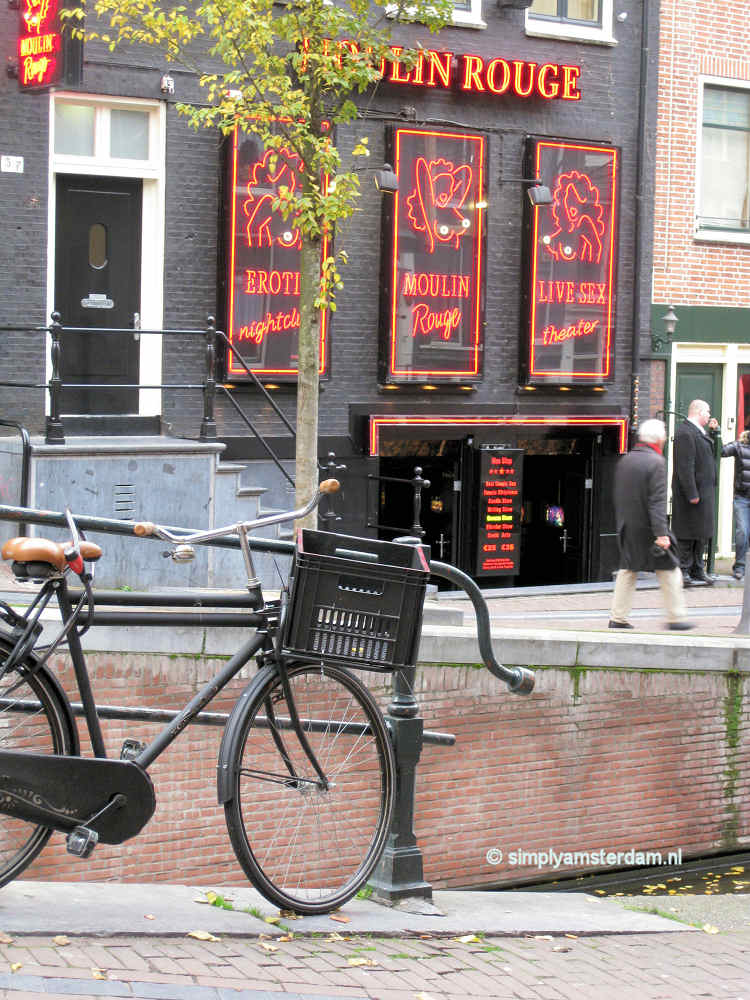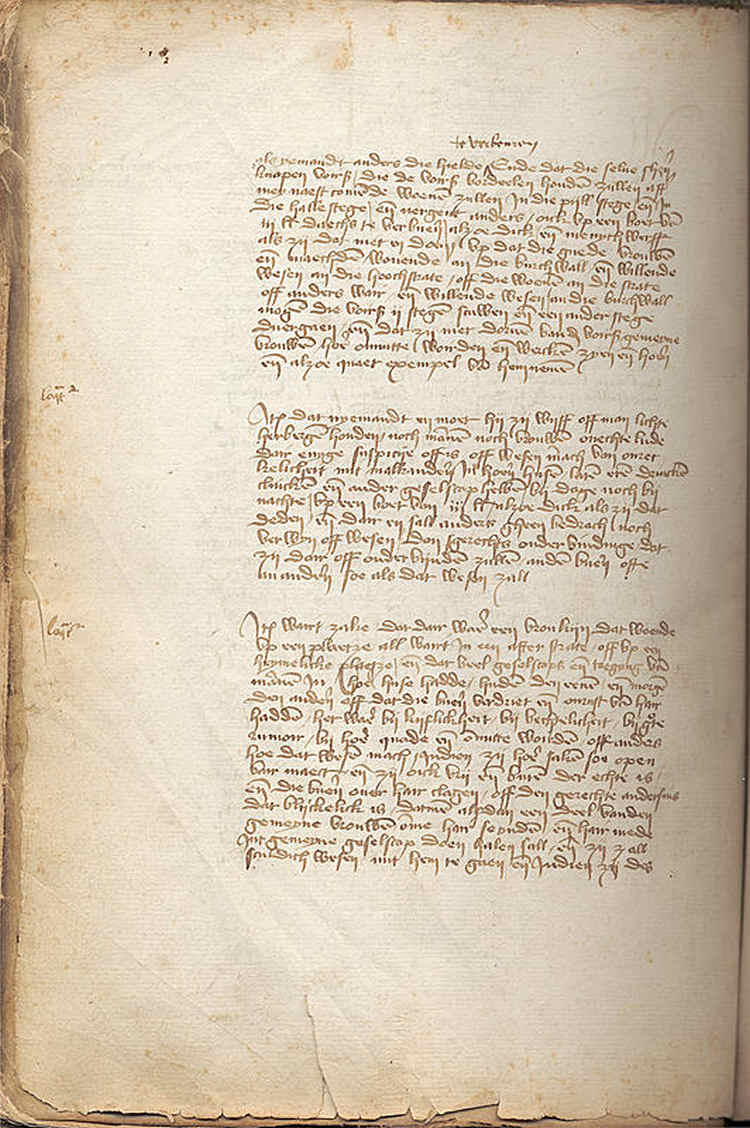News of: Tuesday, December 09 2008,
The city of Amsterdam has published the plan to clean up the world-famous Red Light District.
The main objective of the plan is said to be to fight organised crime, especially money-laundering, forced prostitution and illegal drug trading.
The plan says that the number of 'windows' will be decreased with 50% in the next 10 years. The same percentage applies to the number of coffeeshops. Moreover, prostitution and coffeeshops will be confined to a smaller area, particularly the Oudezijds Achterburgwal and its side streets (close to the Nieuwmarkt square).
The city will work to get prostitution and coffeeshops removed from other parts of the old centre, by revoking licences from criminal entrepreneurs, but if necessary also by buying up real estate.
The plan gets approval, but also a lot of criticism. One point of criticism is that tourism to Amsterdam will suffer. For example, Amsterdam could become less attractive to British groups, who come over to celebrate stag parties.
Others say that after a few years nobody will remember that the number of prostitution windows has gone down to about 240, and the number of coffeeshops to 40. This is still a lot, and is still unique in the world.
The announcement of the plan also attracted journalists from other countries, like the UK, Germany and the US.
The mayor, Job Cohen, said that Amsterdam governments have had problems with regulating the Wallen area (the Red Light District) for the past 4 centuries, and this will probably remain the same.
In fact, the oldest known regulation for prostitution in Amsterdam dates from 1413. In this year a regulation was published that allowed street prostitutes to work in 2 streets (now Damstraat and Pijlsteeg, near Dam Square) only.
Working outside these 2 alleys carried a fine of 3 pounds.

Erotic theatre Moulin Rouge in Amsterdam Red Light District

Amsterdam prostitution regulation from 1413